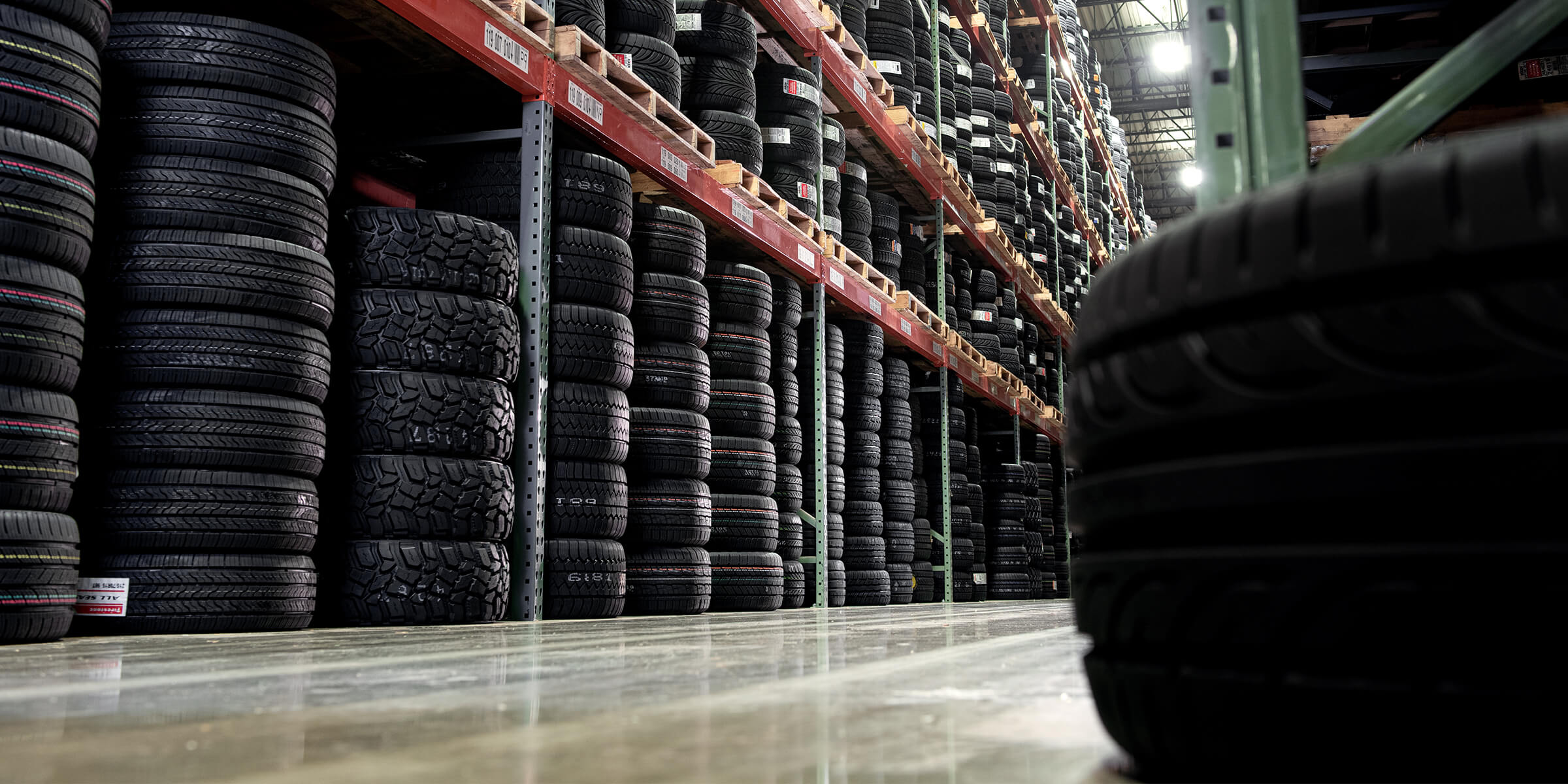The Scientific Research Behind Tire Repair Service and Safety
When it concerns the intricate world of tire maintenance and safety, there exists a world of science that usually stays unseen by the average chauffeur - morris tire service. The materials that make up a tire, the influence of tire pressure on overall security, the implications of step wear, the elaborate characteristics of tire traction, and the often-overlooked significance of appropriate wheel positioning all play essential functions in ensuring a vehicle runs safely and successfully. As we navigate through the complexities of tire repair service and safety, it comes to be noticeable that a deeper understanding of these clinical concepts is not just valuable however necessary for every driver when driving
Tire Make-up and Performance
What products make up the structure of tires, and how do these parts contribute to their capability on the roadway? Steel cables are included to improve the tire's strength and assist it keep its shape under different road conditions.
The rubber substances provide hold and traction, allowing the tire to adhere to the road surface and provide stability during velocity, stopping, and cornering. Generally, the mindful selection and combination of these products make certain that tires can carry out efficiently and securely on different roadway surfaces and problems.
Effect of Tire Pressure on Safety
Preserving correct tire stress is crucial for making certain optimal security and efficiency while driving. The impact of tire stress on security can not be overemphasized. Underinflated tires are vulnerable to getting too hot, which can cause tire blowouts, specifically at high speeds. In addition, low tire stress impacts the handling and responsiveness of the vehicle, increasing the threat of crashes, particularly throughout emergency situation maneuvers. On the various other hand, overinflated tires have less call with the road surface area, lowering grip and triggering irregular wear on the tire footsteps. This endangers the vehicle's stability and stopping performance, positioning a significant safety and security risk. Appropriately inflated tires additionally play a crucial function in gas effectiveness, as underinflated tires can raise rolling resistance, resulting in lowered gas mileage. On a regular basis inspecting and preserving the proper tire pressure not only ensures safety yet also extends the life expectancy of the tires, saving money on replacement prices over time.
Footstep Use and Its Implications
Appropriate monitoring of tire tread wear is important for guaranteeing optimum efficiency and safety when driving. As tires wear down, the depth of the tread decreases, lowering the tire's capability to maintain traction, especially in damp or slippery problems. The tread pattern and depth play an essential role in channeling water far from the tire to stop hydroplaning and keeping hold on the road surface area.
Indicators of extreme tread wear consist of bald places, uneven wear, and the look of wear indications. Hairless areas show localized wear, which can bring about instability and enhanced danger of blowouts. Unequal wear might recommend issues with tire inflation, suspension, or alignment components. Put on signs are developed right into the tire step and end up being visible when the walk depth gets to a specific reduced factor, suggesting the need for immediate replacement.

Comprehending Tire Grip Dynamics
Keeping track of tire tread wear not only makes sure optimum efficiency and safety and security however likewise directly impacts the grip dynamics of the tires on different road surfaces. Tire traction is a crucial facet of vehicle handling and security, as Learn More it figures out the grasp between the tires and the road. Traction dynamics vary depending upon roadway conditions such as completely dry pavement, wet roadways, snow, or ice.

Recognizing tire grip dynamics is necessary for vehicle drivers to adapt their driving actions according to the roadway conditions. tire tracks morris il. Frequently inspecting tire tread depth and condition can substantially enhance traction performance, ensuring much safer driving experiences across numerous surface areas
Value of Proper Wheel Positioning
Ensuring right wheel placement plays an essential function in enhancing vehicle efficiency and expanding tire durability. Correct wheel alignment involves readjusting the angles of the wheels to supplier requirements, ensuring that they are vertical to the ground and alongside each other. When alignment is off, it can bring about unequal tire wear, decreased fuel effectiveness, and compromised handling.
One of the essential advantages of maintaining proper wheel alignment is boosted handling and read this article stability. Misaligned wheels can cause the vehicle to pull away, affecting steering control and total driving experience. Furthermore, appropriate alignment promotes also tire wear, preventing early tire replacement and reducing maintenance costs in the future.

Verdict
In verdict, the science behind tire fixing and safety and security is essential for keeping lorry efficiency and making certain motorist safety and security. By understanding tire structure, stress, step wear, grip characteristics, and wheel alignment, motorists can avoid mishaps and lengthen the lifespan of their tires.
The materials that compose a tire, the effect of tire stress on overall safety and security, the effects of walk wear, the detailed characteristics of tire grip, and the often-overlooked value of proper wheel placement all play essential roles in making sure a car operates safely and successfully. On the other hand, overinflated tires have less contact with the road surface, minimizing grip and causing irregular wear on the tire treads. On a regular basis checking and keeping the correct tire stress not only ensures safety and security yet likewise prolongs the lifespan of the tires, conserving on substitute expenses in the lengthy run.
Checking tire tread wear not just makes sure optimum efficiency and safety but additionally article source directly affects the grip dynamics of the tires on different roadway surfaces. Tire grip is a crucial facet of automobile handling and safety and security, as it establishes the grasp between the tires and the roadway.